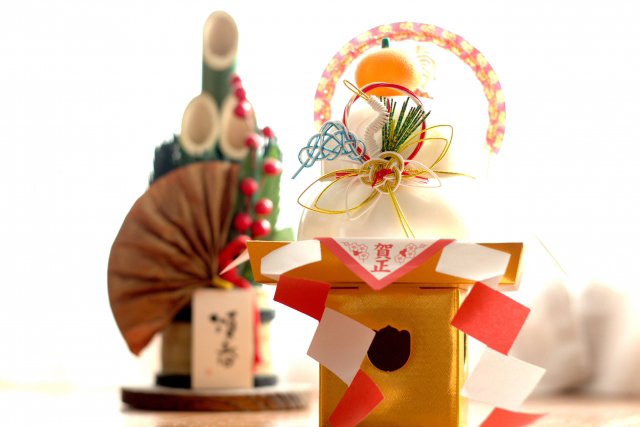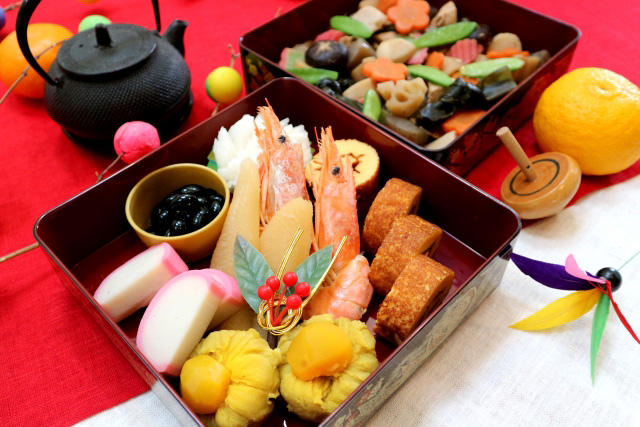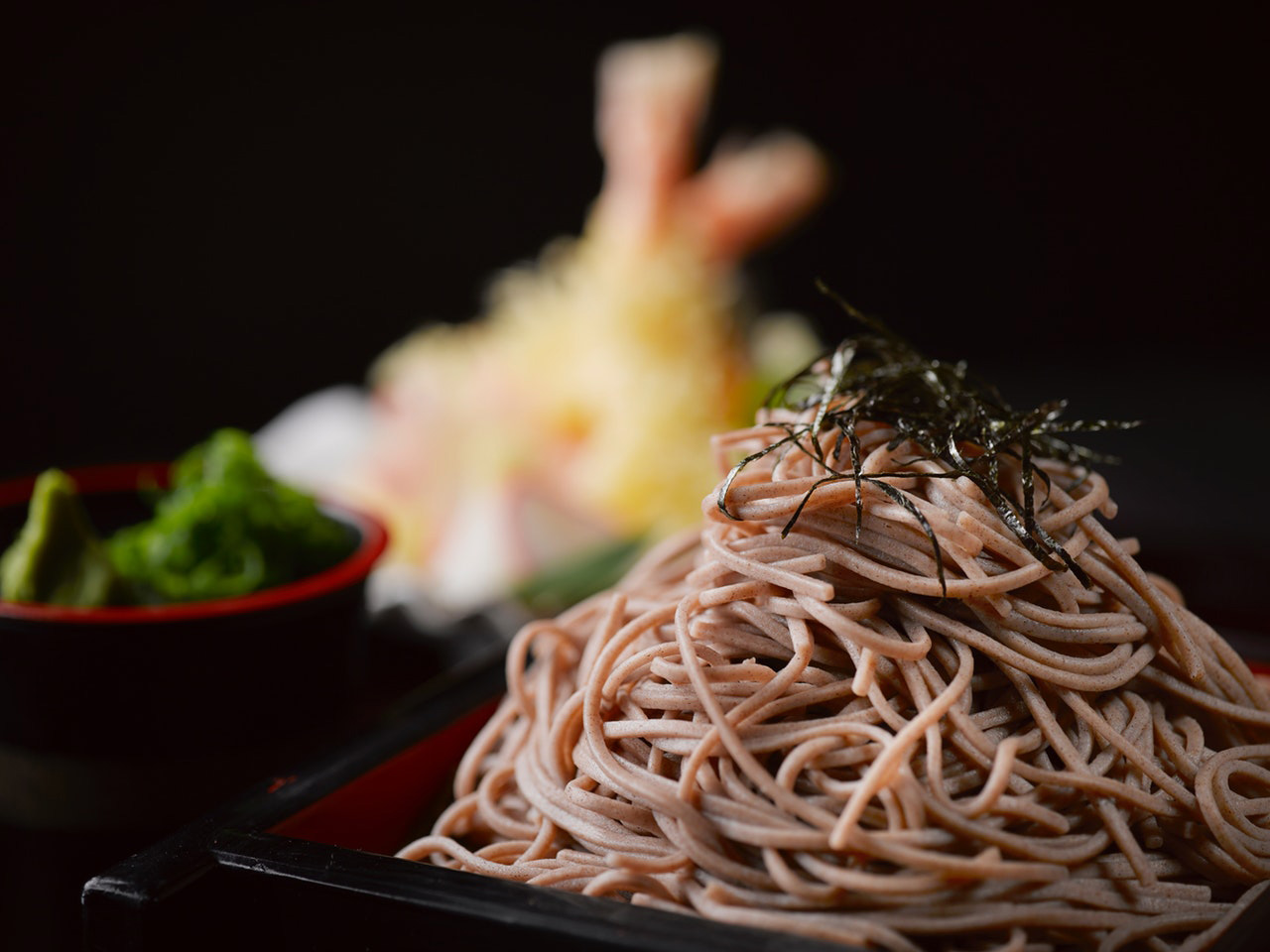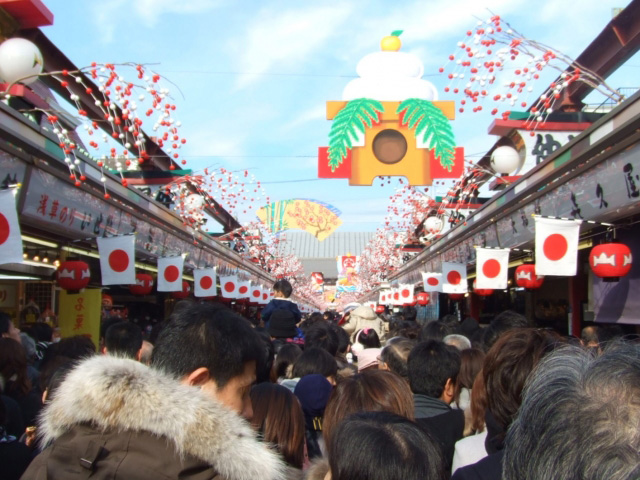Japanese New Year: Farewells, Futures and Hope
March 30, 2020

While grand firework displays and raucous countdown parties mark the beginning of the new year for most countries, in Japan it is a far quieter affair. Known as Oshogatsu, the first few days of the year are a time for families, with a host of unique traditions to be followed.
In preparation for the new year and the fresh start it represents, the previous year must be left behind along with its worries and problems. Companies and friends hold bonenkai—literally ‘forget the year’ parties, where drinks and hopes for the coming year go hand in hand. At home, the process of osoji begins: the annual cleaning practice. Similar to a spring clean, this process prepares and purifies the family home for the new start. Old clothes, expired foods and unwanted items are all cleared out—with Marie Kondo’s approach introducing the world to Japan’s style of cleaning. Given the small living spaces common in Japanese cities, this allows the new year to begin free of clutter and with space for new hope—a worthy endeavour to reward the effort of a deep clean.

As the holiday draws closer, people begin to prepare osechi ryori—the traditional new year’s food. Served in traditional jubako boxes in the center of the family table on New Year’s Day, the special cuisine has a myriad of potential dishes, with a symbolic meaning behind each ingredient. For those hoping for a houseful of children, kazunoko (herring roe) are served—the kanji meaning number and child respectively. Ebi (shrimp) are popular as their bent backs symbolize longevity, while kombu (seaweed) is linked to joy (yorokobu) thanks to its similar sounding name. Datemaki—a sweet rolled omelette—is reminiscent of scrolls, suggesting scholarly success, while the golden kuri kinton (sweet chestnuts) are a visual reflection of future wealth.

As the year turns, however, it is toshikoshi soba that many families eat, saving their osechi for the following day’s feast. Meaning ‘year crossing noodles,’ the simple noodles are easy to cut—reflecting the left-behind hardships of the previous year. Eaten at midnight as Buddhist temples across the country ring bells 108 times, (representing the human sins), the dish is a simple and fitting choice.
Often staying awake throughout the night, eating and drinking with family, many people enjoy the first sunrise of the new year, known as hatsuhinode. Believed to bring good luck, the sunrise is especially auspicious in a country known as the land of the rising sun, created by sun goddess Amaterasu herself.

Alongside the first shrine and temple visits of the year, called hatsumode, the following days are spent relaxing before work resumes. Traditional nengajo postcards are read, hopefully having arrived before the new year, while children receive otoshidama—small envelopes with money inside—from relatives and family friends.
A mixture of farewells and greetings for the years both gone and arriving, Japan’s traditions are a source of acceptance and hope. While it may seem a quiet and unglamorous affair to visitors, the beauty is found in the details. Family and future dreams are kept firmly at the heart of the celebrations—from each carefully prepared dish to the delicate calligraphy of well-wishing cards.
For more details, contact DMC Japan to discuss ideas, locations and rates.
Contact Us


